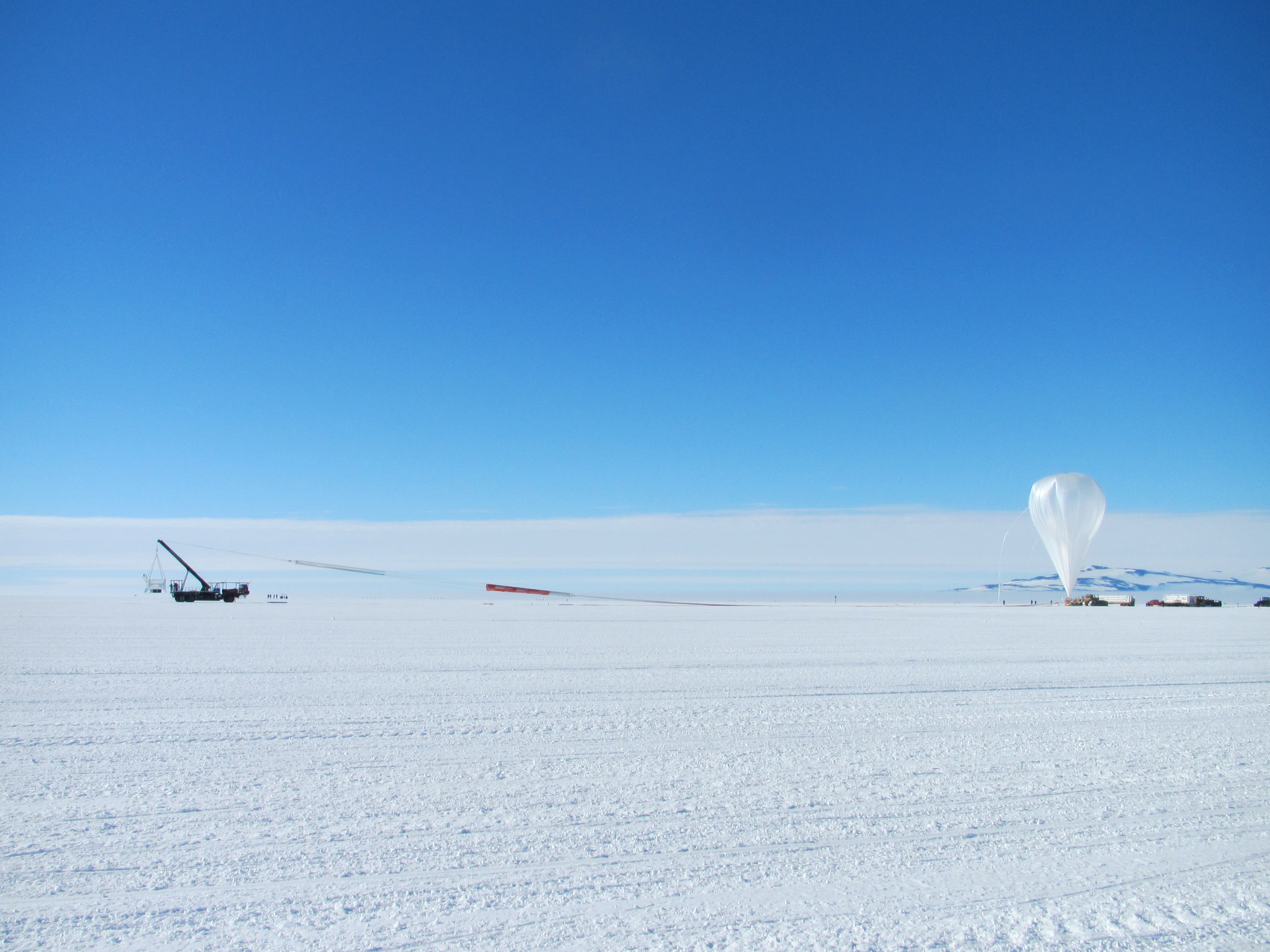Don Cohen, Managing Editor
Everyone who is familiar with NASA missions knows that most of them involve collaboration among many organizations and individuals. Project teams often include several NASA centers, other countries’ space agencies, industry partners, and universities. Review board members and other experts not officially part of project teams contribute their knowledge and advice. Very few missions could get off the ground—literally or figuratively—without a broad assembly of resources and expertise.

Several of the articles in this issue of ASK show that the work that makes many projects possible goes far beyond even those extensive collaborations. Behind every ambitious mission is a whole history of earlier projects that laid the groundwork for later accomplishments and helped develop the skills engineers, scientists, and managers need to carry out current and future work. NASA projects don’t happen in isolation; they are part of a wide web of interrelated efforts.
Look, for instance, at “Building a Better Telescope: The Legacy of NASA’s Balloon Missions.” That article and the companion piece on producing mirrors for the Nuclear Spectroscopic Telescope Array (NuSTAR) show just how essential balloon-based X-ray telescope missions at several NASA centers have been to NuSTAR and other, planned orbital observatories. The balloon missions have been a training ground for graduate students who would become project scientists on future missions; the missions’ early work on the technical challenge of designing and building X-ray telescopes made the NuSTAR instruments possible, and continuing technical work by the balloon teams will benefit future missions. Years of balloon work have built international communities of scientists and engineers whose shared expertise is being applied to sophisticated instruments like the Astronomical Roentgen Telescope scheduled for launch on a Russian-led orbital mission.
In “Earth’s Bridge to Space,” Stefano Coledan shows how today’s successes are built on earlier work. Behind the Launch Services Program’s ability to ensure the successful launch of current and future missions lies decades of experience and expertise.
IceBridge is another mission closely linked to past and future missions (“Collaborative Planning for IceBridge Science”). Using aircraft to gather data about polar ice, it is bridging the gap between past and future satellite missions; IceBridge scientists are shaping how they collect data to ensure consistency with the satellite scheduled for launch in 2016.
“Hard Lessons and Lean Engineering” discusses Morpheus and the Autonomous Landing Hazard Avoidance Technology, projects that are among the building blocks of what will eventually be technologies that make future asteroid and planetary landings possible. The article also deals with an important subject—doing good work on a tight budget—that is a fact of life throughout the agency and another theme of several articles.
Joyce Abbey’s “The Transformation of MOD” is a case in point. It details the extensive and innovative steps Johnson Space Center’s Mission Operations Directorate has been taking to make sure they can continue to provide the same quality of service at much-reduced cost. “Safety Day Collaboration” by Mike Lipka and David Miranda’s “Spaceport Innovators” also provide examples of NASA employees finding ways to accomplish their aims with little or no money to spend. These articles show that creativity and collaboration are not limited to technological and scientific achievement; they also contribute to efficiency and good management and help NASA do a lot with a little.
Don Cohen
Managing Editor
More Articles by Don Cohen
- In This Issue (ASK 49)
- Interview with Alan Lindenmoyer (ASK 49)
- Interview with Lynn Cline (ASK 48)
- In This Issue (ASK 48)
- The Sky Crane Solution (ASK 47)








